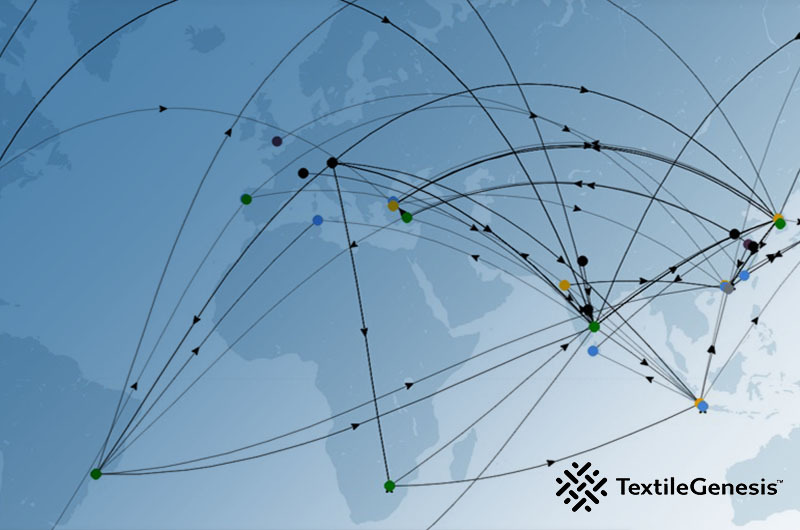At TextileGenesis™ we often hear that traceability is becoming a business imperative. The combination of increased regulation, brand-led requirements to speak to consumers about sustainability, and changes in global production capacity drive an apparently unstoppable requirement to understand where raw materials are coming from, and how they are transformed into finished goods.
For many brands and retailers, the key questions are not what traceability is, or whether it is needed, but how best to embed it quickly and efficiently into ‘business as usual’. Change always takes time and investment – so the practical concerns are – how much, how soon and how does any investment contribute to the bottom line?
A business case for traceability can be made across nearly all aspects of a brands operations – from innovation to efficiency to risk management – but there are three compelling drivers right now.
- Trust There are many reasons customers and partners choose to engage with a brand – but they are all affected by trust. No business can afford to ignore its effects on people and planet today, but while it is easy to talk about sustainability and impact, it is much more difficult to demonstrate it. If a brand claims to be reducing the carbon footprint of its products or claims that they contain recycled materials it is vital that reliable evidence is available to substantiate those claims. This can be particularly sensitive because more sustainable inputs tend to have a higher value in the market, and therefore cost more. Where it is difficult or impossible to distinguish between ‘more sustainable’ and ‘commodity’ materials there is a direct commercial incentive for ‘bad actors’ to substitute the former for the latter. In October 2020 it was widely reported that some 20,000 tons of organic cotton originating in India had been fraudulently introduced to the market. Experts believe the total volume of ‘mislabeled’ cotton globally could be much greater. The problem is not limited to cotton, or to organic certification.
- Efficiency Brands and retailers have always relied on their suppliers to provide product information – from costings to lead times to the ‘bill of materials’. Typically, there are entire departments devoted to specific information types, buying, merchandising and technology to name a few. But the data needed to meet current regulatory and customer expectations is different. It’s not about the finished product, the suppliers’ processes or logistics – it’s focused on raw materials and all the upstream players and processes in between. This information doesn’t originate at the supplier, and they are not well placed to manage it. As a result, we see larger and larger brand teams constantly seeking the next piece of the information ‘jigsaw’ required to get a clear understanding of certification status of Tier 3 or 4 suppliers, or the transactions between them. A completely different solution design is needed to manage this data effectively, and that solution cannot be built by each individual brand and retailer.
- Compliance National and inter-regional regulations are becoming increasingly stringent requiring brands to have the full supply chain visibility and well documented evidence of the country of origin of not just finished product but all input raw materials and the intermediate goods. There has been a dramatic increase in the number of inbound product shipments in US subject to a withhold release order (WRO). The issue is not just labor concerns, and that is not confined to specific geographies, sectors or industries. In fact, the most recent list of goods known to the U.S. government as being made with forced and child labor – as published by the Bureau of International Labor Affairs (ILAB) - identifies some 119 product-country combinations, any of which could be subject to WRO’s in future. Other jurisdictions – notably the EU – are planning new legislation that could have similar effects and which also cover wider concerns, such as deforestation or illegal harvesting of marine life. Add existing legislation to this – concerning what can and can’t be put on a product label in various countries – and the compliance burden can be seen to be large and growing.
The value of traceability to a specific brand or retailer will obviously vary – as will the investment required to achieve it, but there is value across trust, efficiency and compliance.
Recognizing the growing importance of increased supply chain visibility to brand and retail members, the U.S. Cotton Trust Protocol joined the TextileGenesis™ platform as the world’s first sustainable cotton fiber to offer full transparency across the supply chain on the platform. The U.S. Cotton Trust Protocol brings quantifiable and verifiable goals and measurement to sustainable cotton production.
Learn more about joining the U.S. Cotton Trust Protocol as a member at trustuscotton.org
Fill out a form to contact a representative at cottonusa.org/trust-protocol




